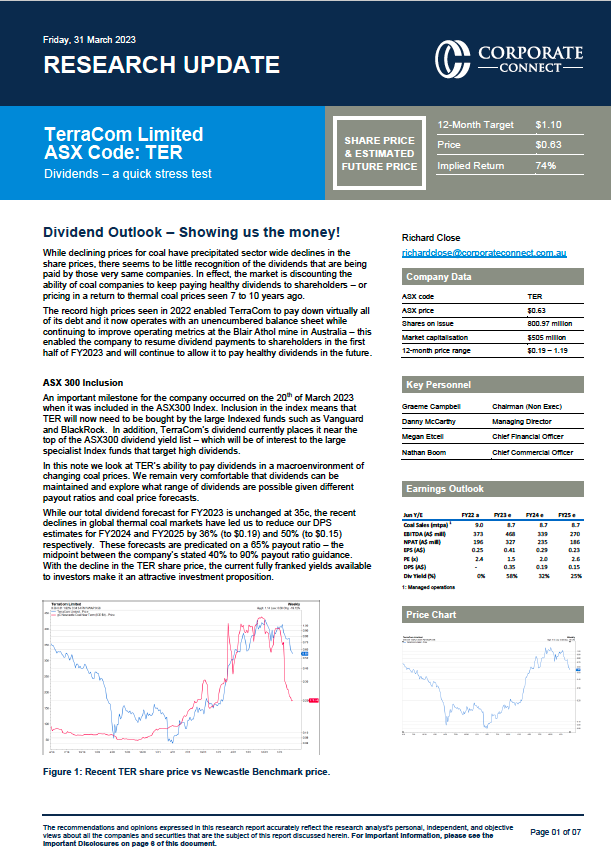Regardless of how much we earn, Australians on average carry around $70 cash in their wallets. Men carry more than women and young people, particularly women, carry less than older people, particularly men.
These observations stem from a report from National Australia Bank’s economics team, which investigated the role of cash in Australian society today. The most common reasons ready cash is preferred is for small transactions and emergencies, while others include speed and convenience.
The report revealed a strong age difference, with older Australians carrying more cash than youngsters, as young Australians are more likely to adopt electronic options.
The number one reason older Australians carry cash is for small transactions, and because they’ve always used cash, while the younger age group stated cash is for emergencies, or because some merchants only accept cash.
There is also a clear relationship between the use of cash and the cost of goods. For a transaction less than $5 the vast majority of those over 50 use cash yet just one in two 18-29 year-olds indicated they do so. Twice as many Australians over 50 use cash for purchases under $100 versus the younger set, while for goods over $100 they are similar.
Very few Australians, the report found, carry cash because they’re either paid in cash, wish to avoid credit card fraud or because of discounts for cash.
Australian consumers are continuing to switch to digital payment methods, particularly debit and credit cards, and away from cash and cheques. In the Reserve Bank of Australia’s survey in 2016, Australians indicated cards were the most frequently used means of payment, overtaking cash for the first time.
Somewhat more young Australians are using smartphones to pay for goods and services, although this ranged from 10% for purchases of $50-100 and just 4% for purchases over $500. The report highlights that very few 30-49 year-olds and over 50’s appear to have adopted this technology, irrespective of the price of goods.
Yet, how much cash is carried is not influenced so much by income. In the survey, those earning over $100,000 per annum carried $76 on average. Australians earning $75-100,000 a year carried the most ($86) and the lowest income group, less than $35,000 ($70) a year carried the least. The significance lies in a mere $16 difference.
Geographically, Tasmanians carried the most cash but the report acknowledges this outcome is likely to have been influenced by a smaller sample size. Unsurprisingly, those living in rural regions carry more cash than those in the cities where penetration of electronic payments is much higher.
Regardless of its declining use for transactions, cash is still valued. The report posed a question asking how the respondent would prefer to receive a payment of $1,000. Around 58% of respondents indicated they would choose cash.
A further 34% said they preferred a debit card and only 16% preferred a payment off their credit card balance. And what would they do with a $1000 cash windfall? Most commonly the answer was: spend it on a holiday.








